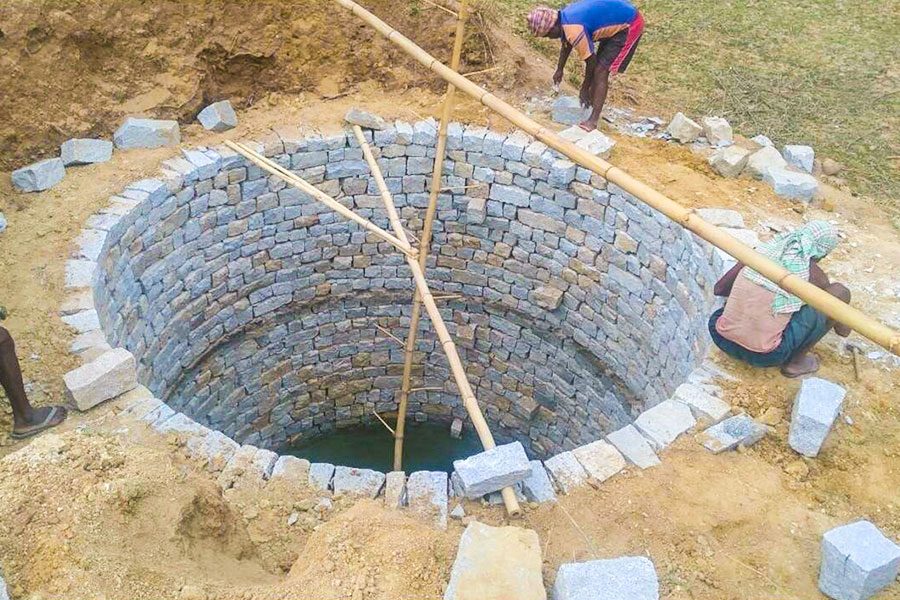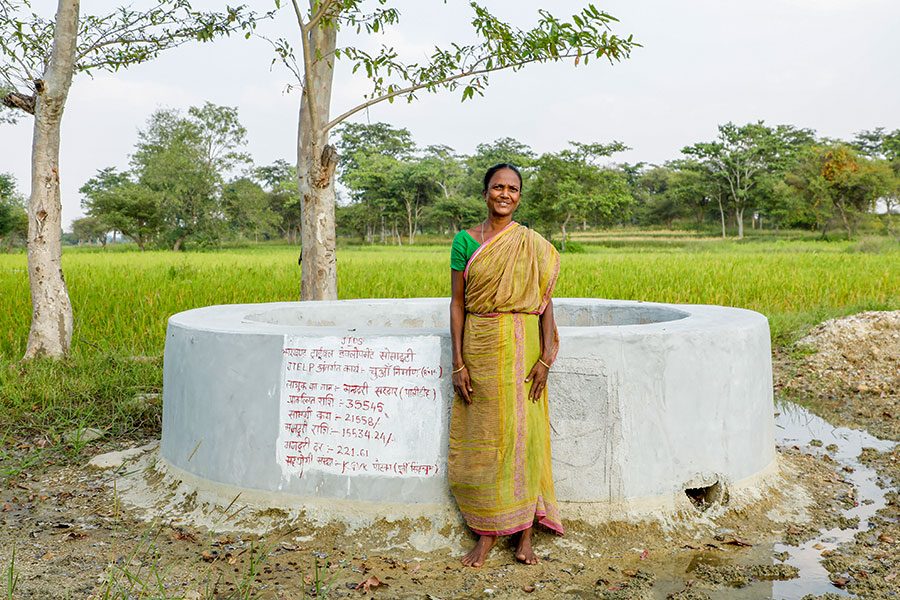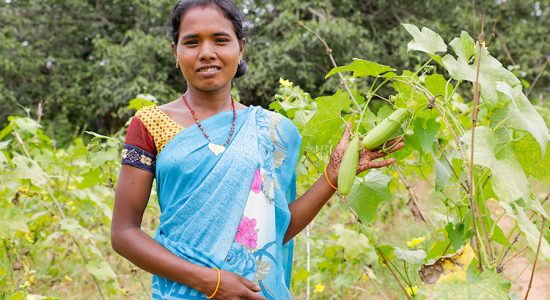The Jharkhand Tribal Empowerment and Livelihoods Programme (JTELP) has been building on the experience and successful completion of IFAD-supported Jharkhand Tribal Development Project (JTDP). Besides strengthening community-based institutions and improving natural resource management as in JTDP, the Project will emphasize productivity enhancement and up-scaling of proven, market-oriented production activities. JTELP will foster convergence with the on-going Tribal and rural development programmes of the Government of India.



The JTELP will channel resources to the grassroots level of administration (Gram Sabhas) as a means to decentralise decision-making powers to communities, which provides an avenue for achieving sustainable natural resource management objectives at the village level. The project is mobilizing, strengthening and building the capacity of community and traditional organizations, local government bodies and service providers to assist them in managing their affairs, protect and conserve the environment and biodiversity, and open up access to entitlements of tribal peoples.


JTELP will foster community-based institutions to empower village communities, especially women, introduce sustainable natural resource management systems and enhance food security and cash incomes by introducing improved farming practices and proven production technologies. The overall project goal is to “improve the living conditions of tribal people in general and PTGs in particular”. This is sought to be achieved by organising and enabling communities to adopt sustainable and productive natural resource management regimes, adopt market-oriented production systems and learn the skills and gain the experience of planning and implementing development plans relevant to their villages.

Empowering the communities by means of local decision making and planning in order to ensure that activities are responsive to the tribal’s perceptions of needs and priorities.
Making communities more responsible for the management of their development in order to generate a greater sense of ownership of development interventions by involving them in the preparation of “Gram Sabha Resource Management and Livelihood Planning” for Integrated Natural Resource Management and Income generating Activities.
The roadmap for the income generating activities is built on the indigenous wisdom, knowledge, capabilities and traditional values of the tribal communities.
Jharkhand Tribal Empowerment and Livelihoods Project (JTELP) is covering about 2,10,965 households, in 1,779 villages in 32 blocks falling under 14 TSP districts against target initial of 1,36,000 HH and 1000 villages. While working with all households in project villages, STs targeting has been ensured by choosing Panchayats with higher ST concentration. At least 10% households have been from the Particularly Vulnerable Tribal Groups (PTGs) as they are poorest even among the STs. The project target groups was included tribal households, including approximately 15,000 particularly vulnerable Tribal Groups (PTGs) households, women-headed households, and rural youth and Below Poverty Line households within selected Panchayats. The project has been ensured full participation of women in self-help groups, Tola and Gram Sabhas and producer organisations.